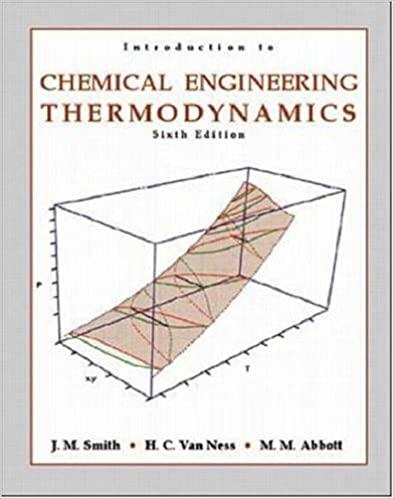Answered step by step
Verified Expert Solution
Question
1 Approved Answer
Question 2 of 7 0.0 1.0 Points A 1070W heating element is immersed in 1.00 liter (1000cm3) of fluid initially at 11C. The properties of

Step by Step Solution
There are 3 Steps involved in it
Step: 1

Get Instant Access to Expert-Tailored Solutions
See step-by-step solutions with expert insights and AI powered tools for academic success
Step: 2

Step: 3

Ace Your Homework with AI
Get the answers you need in no time with our AI-driven, step-by-step assistance
Get Started


